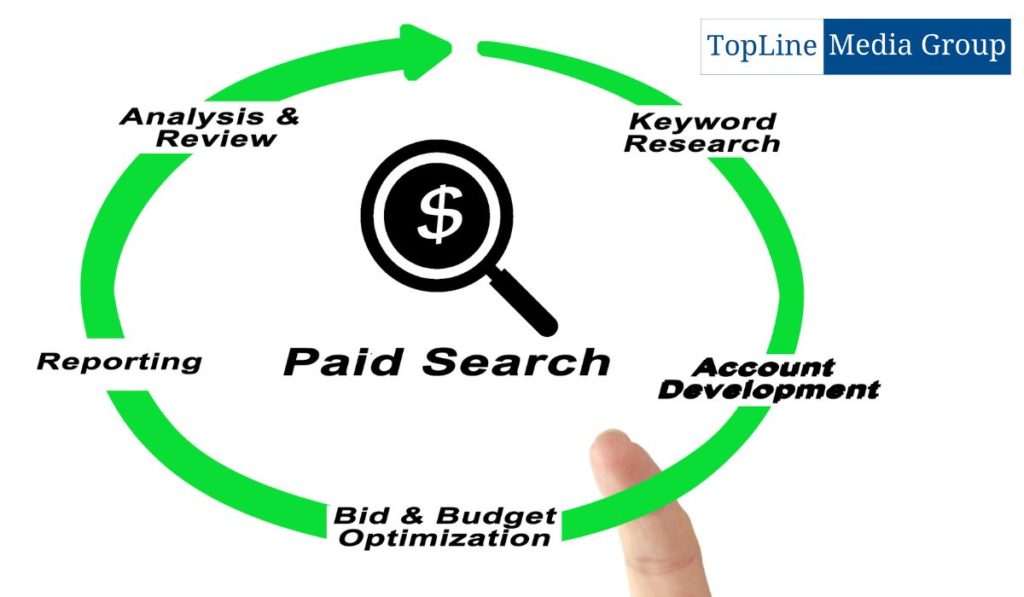Paid search targeting is a powerful strategy that effectively connects businesses with their desired audience. By leveraging audience targeting in paid search, advertisers can ensure their ads reach the right users at the right time. This article explores the concept of audience targeting, provides insights into developing an audience strategy, and offers practical tips for implementing and optimizing audience targeting campaigns.
The concept of audience targeting
Audience targeting in paid search involves defining and segmenting your target audience based on various characteristics such as demographics, interests, behaviors, or remarketing data. It allows you to tailor your ad campaigns to the audience most likely to engage with your products or services. By focusing your efforts on reaching a relevant audience, you can increase the effectiveness and efficiency of your paid search campaigns.
Developing an Audience Strategy
To develop an effective audience strategy:
- Start by identifying your target audience.
- Conduct market research and analyze your customer base to understand their demographics, preferences, and needs.
- Create buyer personas that represent different segments of your audience.
These personas will be the foundation for your audience targeting efforts, guiding your messaging and campaign optimizations.
Crafting Compelling Ad Copy
 Once you have identified your target audience, crafting compelling ad copy that resonates with them is crucial. Tailor your messaging to address their pain points, desires, and motivations. Use language that speaks directly to their needs and aspirations. Incorporate relevant keywords and calls to action to encourage clicks and conversions. Creating ad copy that aligns with your audience’s interests and intentions can increase the chances of driving meaningful engagement.
Once you have identified your target audience, crafting compelling ad copy that resonates with them is crucial. Tailor your messaging to address their pain points, desires, and motivations. Use language that speaks directly to their needs and aspirations. Incorporate relevant keywords and calls to action to encourage clicks and conversions. Creating ad copy that aligns with your audience’s interests and intentions can increase the chances of driving meaningful engagement.
Implementing Effective Audience Targeting Tactics
Implementing influential audience targeting tactics involves selecting suitable targeting options within your paid search platform. Leverage tools like Google Ads’ Audience Manager to define custom audiences based on demographics, interests, or website visitors. Explore options like remarketing to reconnect with users who have previously shown interest in your brand. Use in-market targeting to reach users actively searching for products or services similar to yours. By utilizing these tactics, you can refine your targeting and maximize the relevance of your ads.
Optimizing Audience Targeting Campaigns
To optimize audience targeting campaigns, continuously monitor and analyze your campaign performance. Evaluate critical metrics such as click-through rates, conversion rates, and return on ad spend. Identify high-performing audience segments and allocate more budget and resources to them. Conversely, analyze underperforming parts and consider excluding them or refining your messaging. Regularly test and experiment with different targeting options to discover new opportunities for growth & improvement.
Advanced Audience Targeting Strategies
In addition to basic demographic and interest-based targeting, advanced audience targeting strategies can take your campaigns to the next level. Consider leveraging customer match targeting to reach existing customers or similar audiences based on their email addresses. Explore the power of lookalike audiences to expand your reach to users who share similarities with your existing customer base. Test different combinations of targeting options, such as layering demographic and interest-based targeting, for more precise audience reach.
Integrating Audience Targeting with other Marketing Channels
To maximize the impact of audience targeting, integrate it with other marketing channels and tactics. Align your messaging and targeting strategies across paid search, display advertising, social media, & email marketing. Creating a consistent and cohesive brand experience can reinforce your message & increase the likelihood of conversions. Utilize data from audience targeting campaigns to inform and optimize your broader marketing strategies, allowing for a more unified and practical approach.
FAQs
How can I identify my target audience?
Identifying your target audience requires conducting market research and analyzing your existing customer base. Gather data on demographics, interests, and behaviors to understand your ideal customers. Create buyer personas to represent dissimilar segments of your audience and guide your targeting efforts.
What are the best tools for audience research?
Several tools can assist with audience research. Google Analytics provides insights into user behavior, while Google Ads Audience Manager offers audience segmentation options. Social media platforms like Facebook Audience Insights and Twitter Audience Insights provide demographic and interest data. Third-party tools like SEMrush and Ahrefs offer competitive analysis and keyword research capabilities.
How can I measure the success of my audience-targeting campaigns?
To measure the success of your audience targeting campaigns, define key performance indicators (KPIs) such as click-through rates, conversion rates, & return on ad spend. Set up conversion tracking and utilize tools like Google Analytics to monitor and analyze campaign performance.
 Are there any privacy concerns with audience targeting?
Are there any privacy concerns with audience targeting?
Audience targeting raises privacy considerations. Ensure compliance with data protection regulations, obtain user consent when collecting personal data, and communicate your privacy policy. Work with reputable data providers and respect user preferences by offering opt-out mechanisms.
What is the difference between demographic and interest-based targeting?
Demographic targeting focuses on reaching users based on specific attributes such as age, gender, and location. Interest-based targeting considers users’ online behaviors, such as websites visited and content engagement. Demographic targeting helps narrow the audience, while interest-based targeting focuses on users’ affinities and interests.
Conclusion
Paid search targeting is an essential component of successful digital advertising campaigns. By leveraging audience targeting, businesses can optimize their ad spend, improve relevancy, and drive higher engagement. Develop a comprehensive audience strategy, craft compelling ad copy, implement effective targeting tactics, and continuously optimize your campaigns. By reaching the right users at the right time, you can maximize the impact of your paid search efforts and achieve your marketing objectives.




